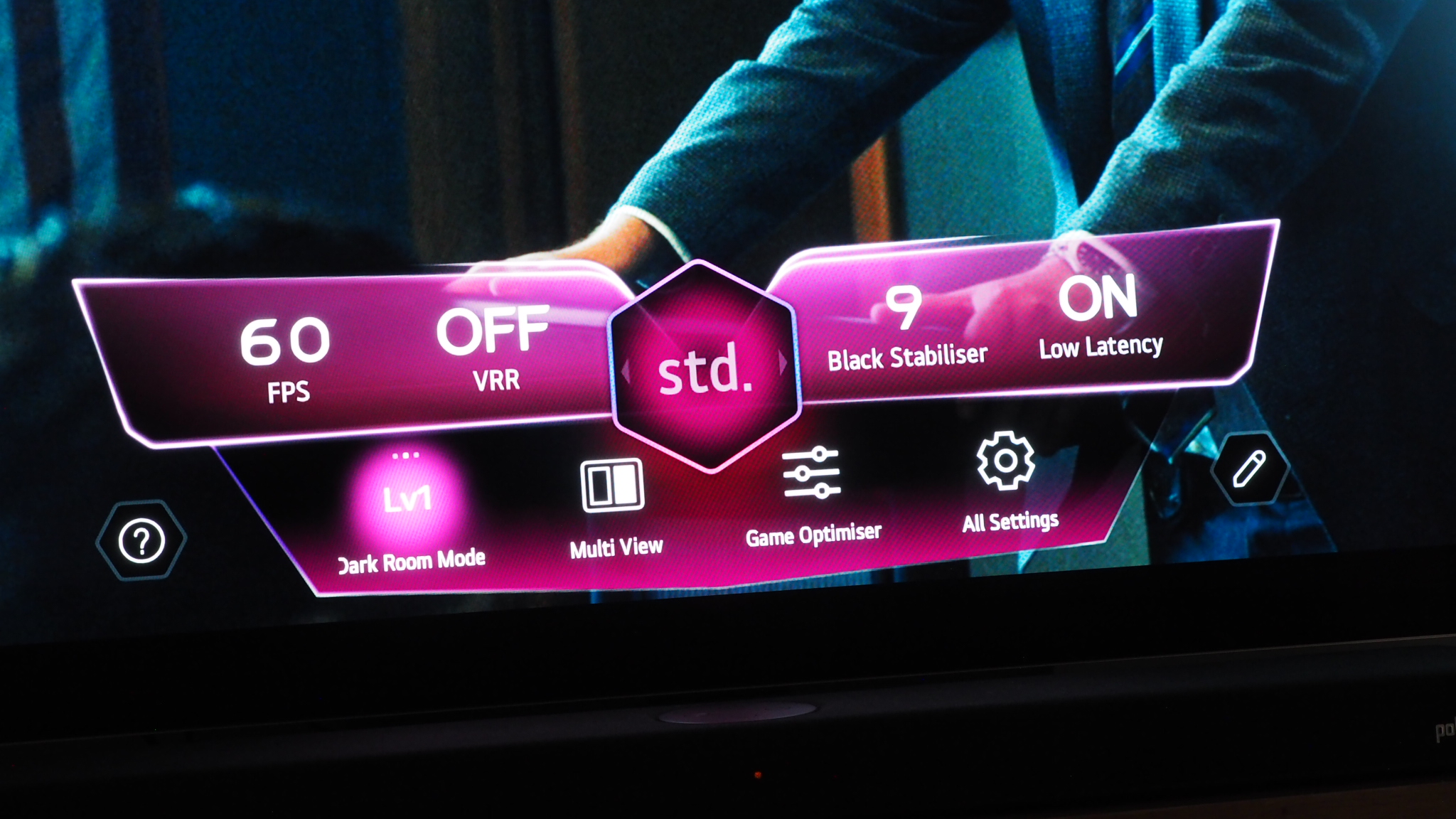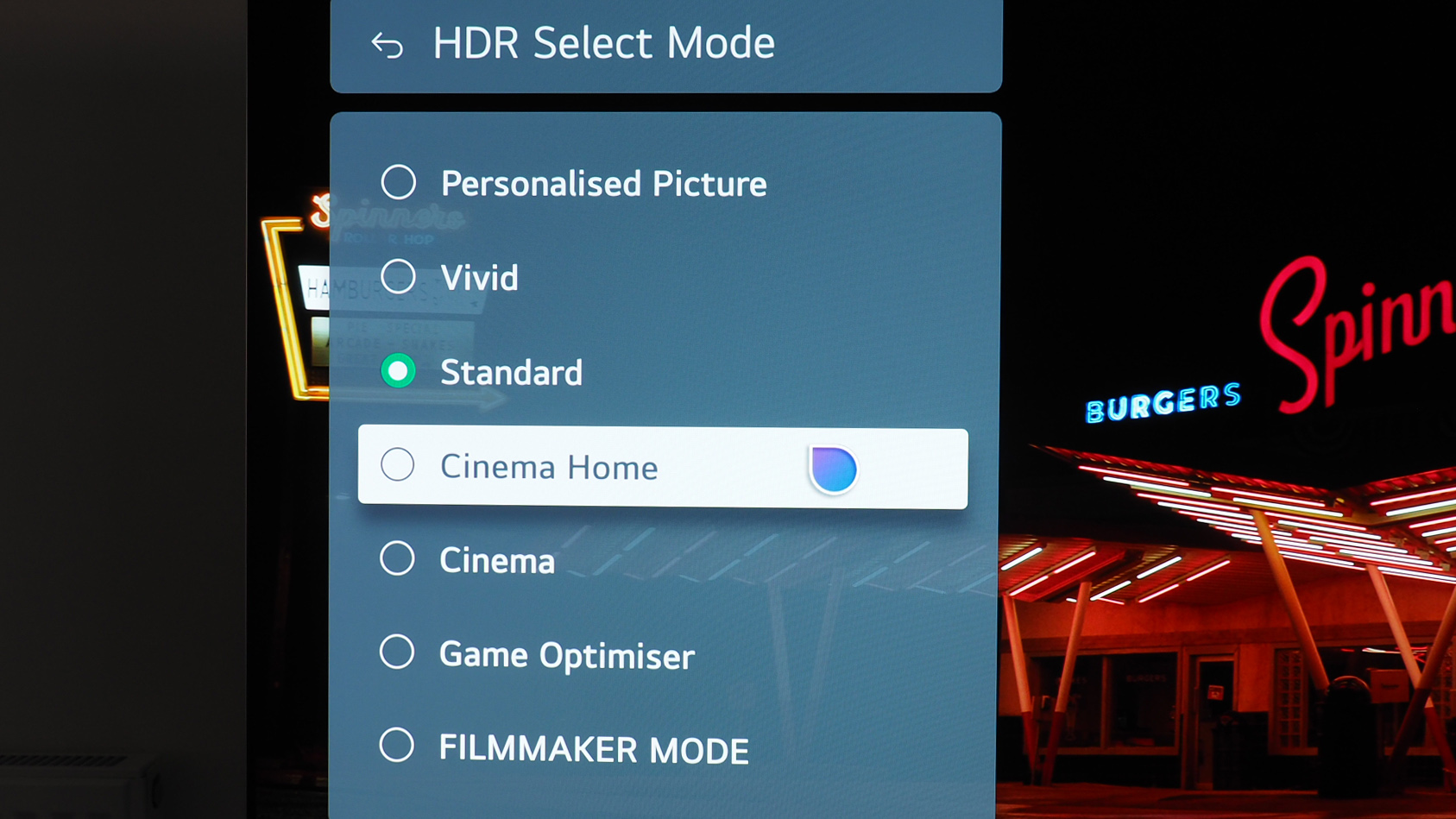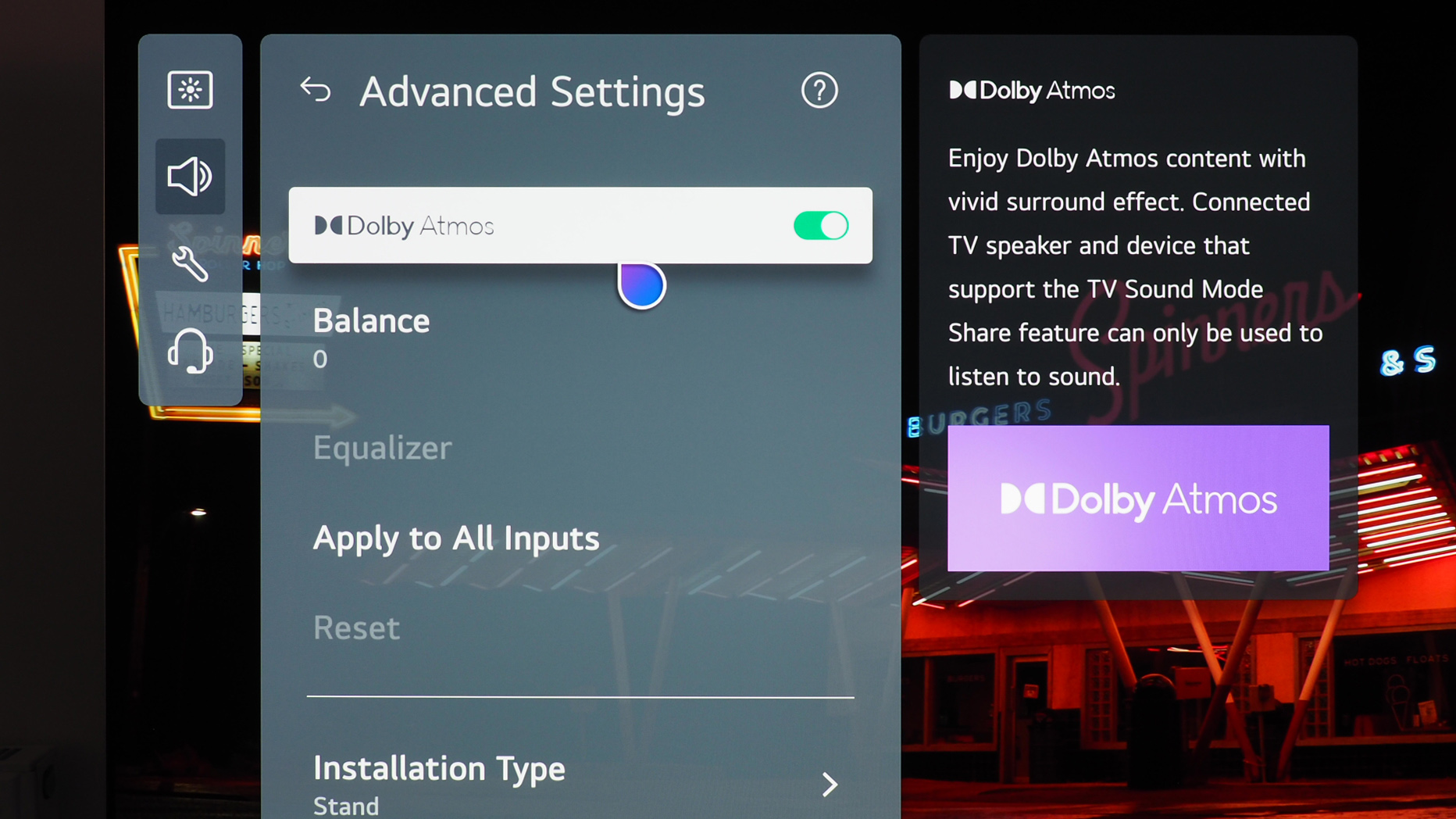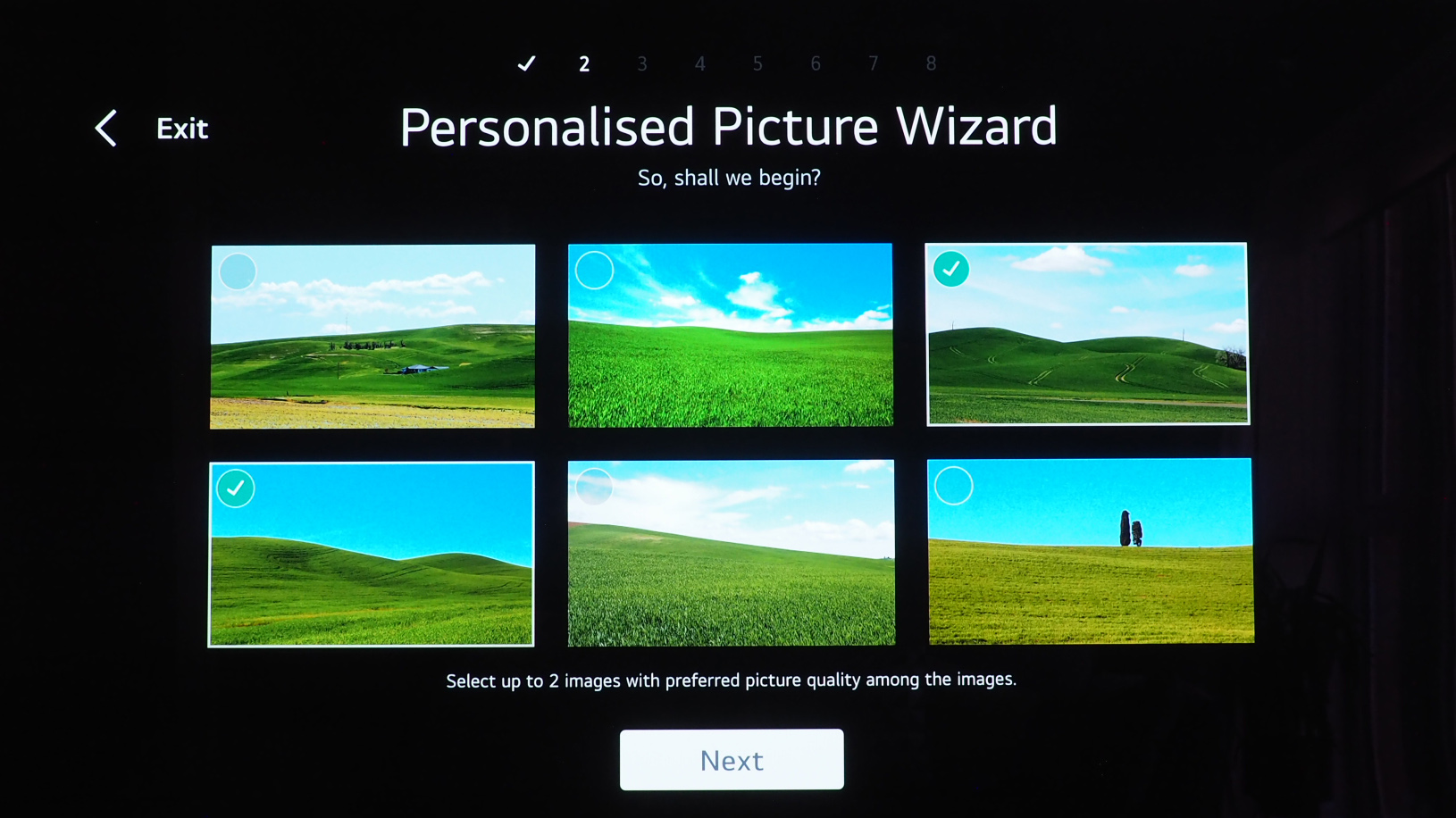
It was back at CES 2023, the consumer tech show best known for major TV product reveals, that I first clapped eyes on the LG G3 OLED. I knew it was good then, thanks to its all-new panel technology promising greater brightness, but it was when later seeing the G3 proper at LG's UK headquarters versus 2022's G2 OLED model that I knew it was special.
Having now lived with the LG G3 OLED in its 65-inch form, treating it as my own for a full week for this review, it's clear this set is gunning to be the best OLED TV money can buy. You will need a lot of that, though, as the G3 sure is expensive if you want to buy one on day dot. And given its 'One Wall' design, you'll have to wall-mount it, otherwise pay extra for a separate stand.
In brief: the LG G3 OLED is as good as TV gets in 2023, offering enough brightness to give even Samsung's QLED range a run for its worth as one of the best TVs on the planet. But there are nuances to consider, in addition to the cost implication and not inconsiderable competition. So while I think cinephiles will adore this LG telly, I also think the G3 OLED isn't going to be a 5-star product for every potential purchaser...
LG G3 OLED: Price & Availability

The LG G3 OLED is officially available in four sizes, from 55-inch through to 83-inch, although I'd only consider the first three model sizes in the range, as the largest of the lot isn't as bright (the 83-inch panel doesn't embody the key MLA, or Micro Lens Array, technology within its design).
At its smallest the G3 OLED is available as a 55-inch set, priced £2,600/$2,500. The 'sweet spot' size for many will be the 65-inch, priced at £/$3,300, which is what I'm reviewing here. The next largest size is a 77-inch model, priced at £5,000/$4,500, which starts to get into super-massive scale. Above this, the 83-inch model is a gigantic £7,500/$6,500 (and also probably too giant for most people's living rooms). There's no 97-inch model this generation, as the previous G2 version continues (but is a special order for obvious reasons).
That positions the G3 OLED as priced from a £/$200 minimum more than its G2 OLED equivalent was a year prior. And given how much the G2 pricing has dropped since, that does give the older OLED significant appeal, if you're happy to forego the boost in brightness anyway. For many the financials will speak volumes: you could buy a 65-inch G2 and still have £/$500 change compared to buying the smaller 55-inch G3.
LG G3 OLED review: Features and what's new?

The key feature that sets the G3 OLED apart from its predecessor is the inclusion of MLA technology, or Micro Lens Array for the full name (it's a reasonably self-describing feature rather than of the 'markety' type, although LG likes to call it Brightness Booster Max). This is a series of microscopic lenses, to the proportion of thousands per pixel, that sits above the OLED structure and can reduce light dissipation, delivering improved brightness overall.
You'll potentially have seen a lot of figures surrounding just how bright the G3 OLED is. The true answer is 'very', but that's got to be taken with a pinch of context too. It's true, the LG G3 can achieve over 2,000 nits – but that's in Vivid mode and with the sample measured from a 10% window, which isn't a realistic bums-on-the-sofa way of viewing all your content. That said, like for like, there's still around/upward of a 25% boost between the last-gen and this model. That's significant.
In addition the OLED G3 features an improved anti-reflective coating that's even more effective; there's an updated processor, the Alpha 9 Gen 6, said to better upscaling of non-UHD sources using AI Picture Pro; sound up-mixing is now to 9.1.2 channels (up from 7.1.2 before), plus you can use Bluetooth speakers in conjunction with the TV's speakers in what LG calls 'WOW Orchestra'; and the TV's webOS operating system has been pared down to be even simpler to use.
LG G3 OLED: Picture quality

When I first set up the LG G3 OLED I wasn't totally convinced about its picture. Shocking, I know, given how I opened this review. But that was probably more my fault than the TV's, as there's just so much brightness and so many pre-set controls and adjustments available here that you can easily make less-than-optimal sources expose their imperfections all too easily.
However, LG offers an AI Picture Wizard to setup the screen to your preferences, based on a series of visual prompts, and with automatic ambient light detection and automatic Filmmaker Mode activation (when sources that prefer it identify it, if this mode is switched on), the TV has the tools to present everything in exquisite quality.
These automations are there for a reason: while watching a Sky Movies HD stream of Where The Crawdads Sing, the Filmmaker Mode looked sublime, with great dynamic range in the upscaled HDR picture; when I switched to Vivid mode, however, I was bombarded with excesses that simply distracted from the intent. Trust in the G3 OLED's picture selection and you'll be presented with greatness, you don't want to go too off-piste.
It's when feeding the G3 OLED the best possible sources that it really, really shines though. With a 4K Blu-ray disc of Ghostbusters: Afterlife playing I've been blown away by just how impressive the picture looks (whether in Filmmaker, Cinema, or personal pre-sets), from the peak white brightness, to the perfect contrast offered by OLED's individual pixel illumination basis. There's no blooming and even with some daylight entering a room the anti-reflective coating is very impressive at muting typically bright white reflections. Watch in a darkened room and it's like the perfect private cinema.
















In effect, LG has created a traditional OLED TV that can rival its key competitors. And while I'd expect the Samsung S95C and Sony A95L QD-OLED models to both be brighter still, the previous-generation S95B and A95K are not (in their default modes). That LG can make a traditional OLED as punchy as the G3 is truly impressive – and you can really feel it when viewing its pictures.
Go all-in for gaming and the G3's 'wow' moments continue. The four HDMI 2.1 ports mean you can get 4K resolution at 120Hz, with VRR and ALLM in full support. Playing Hogwart's Legacy on PS5 took these features to full effect, delivering super-smooth visuals and a colour palette so much wider and fuller than my usual day-to-day TV (which, in fairness, is a mid-range Panasonic OLED now some years outside of its prime), with frame-rates running anywhere from the mid-40s to 120fps.
In summary: the LG G3 OLED's picture potential is immense. It can produce super-bright yet very well-controlled images, without any blooming issues that LED-backlit competitors can suffer from. Yes, you can push its features outside of sensible, and its AI Picture Pro upscaler can't rescue all material, but provide this LG with the best possible sources – it can deliver Dolby Vision and HDR10 – and permit it the best possible mode automations and it's nothing short of breathtaking.
LG G3 OLED: Sound quality

I think it's largely an expectation that any TV designed for wall-mounting is going to be slender by design, as is the case here (at just 2.45cm all-in, lovely stuff), and therefore not contain the physical capacity to deliver true class-leading sound quality without some assistance.
As is the trend of late, LG uses artificial intelligence to both upscale and project sound in the most compelling and enshrouding way possible, with convincing height as part of that process, but to my ears the AI mode never quite sounds full enough for a telly that's as high-end (and, indeed, pricey) as this.
I'm not saying the G3 OLED's sound is bad, just that you'll want to consider one of the best soundbars to get a much richer experience. The kind of experience you deserve to go along with picture quality that's just this darn good.

There are some potentially great work-arounds implemented, though, with LG's WOW Orchestra offering a way to combine your own speakers with the set's integrated ones. This works nicely, although the cross-over won't give quite as much preference to your external sound source in this mode. The mode also doesn't apply to HDMI-wired speakers, as that's my eARC passthrough preference of wiring up a soundbar, it's only available with optical and Bluetooth sources.
Overall, though, I've found just using a decent soundbar-and-subwoofer combination has really levelled up this LG's sound output. It's a capable set, no doubt, and can decode Dolby Atmos and even DTS:X to then hand that off to your extra kit, so wire this telly up with a decent package and you'll have convincing surround audio to go with those bright, lush pictures. But do consider that if you're pricing up a G3.
LG G3 OLED: Design & Usability

One of LG's strengths over the years has been its use of webOS, which I've often thought is the best (or certainly better) of TV operating systems. In the G3 OLED's implementation it's been pared down to present across fewer pages, making for neater presentation overall. There's easy access to the most-used apps here too, such as Now, Netflix, BBC iPlayer, Disney+ and more, so I can jump into whatever shows I want.
However, there is a massive advert space covering majority of the upper portion of the screen, which I don't really get, and I'm fairly sure that not everyone is going to love the 'pointy zapper' remote control – it needs to be pointed like a wand at screen to make majority selections, which can get a bit fiddly to use sometimes.
LG G3 OLED review: Verdict

Give the LG G3 OLED the best possible source material and it'll reward you with the best possible viewing experience. Traditional OLED picture quality doesn't get better or brighter than this – and I think cinephiles will see the obvious benefit.
Superb as the picture quality is, however, the lack of a stand mount, so-so sound (not unexpected for a slender design such as this), and the overall expense implication are hurdles to overcome if you're considering this as your next TV purchase.
All in all, if you're looking for one of the best OLEDs on the market, TVs don't come better than the LG G3. It's a mighty impressive display of this panel technology at its peak. Perfect for high-end users demanding the best, rather than a TV for everyone.
Also consider
As pointed out earlier in this review, if you can forego some of the brightness then the LG G2 seems like a bit of a bargain compared to the G3. Or if you want a stand included then the LG C2 is an even more affordable option.
Not that everything can be driven solely by pricing, of course, which is where I think the next-best option comes into play: the Philips OLED 937 adds Ambilight for off-screen colourful immersion, plus an integrated soundsystem that's outstanding all into the one great-looking package.
Oh, and let's not forget QD-OLED. The Sony A95L, when it arrives later in 2023, will likely be a very strong competitor indeed. But we don't yet know its price point.







